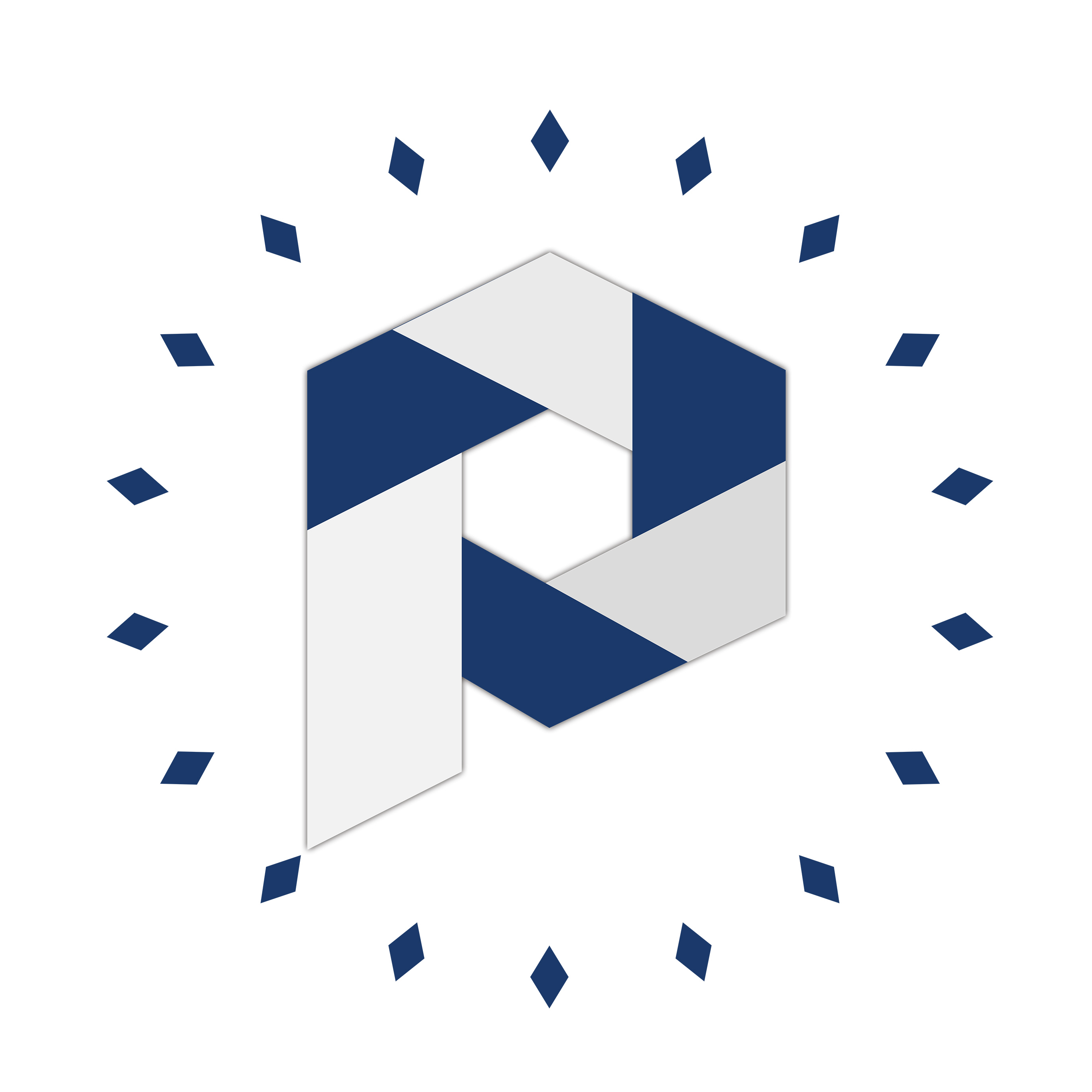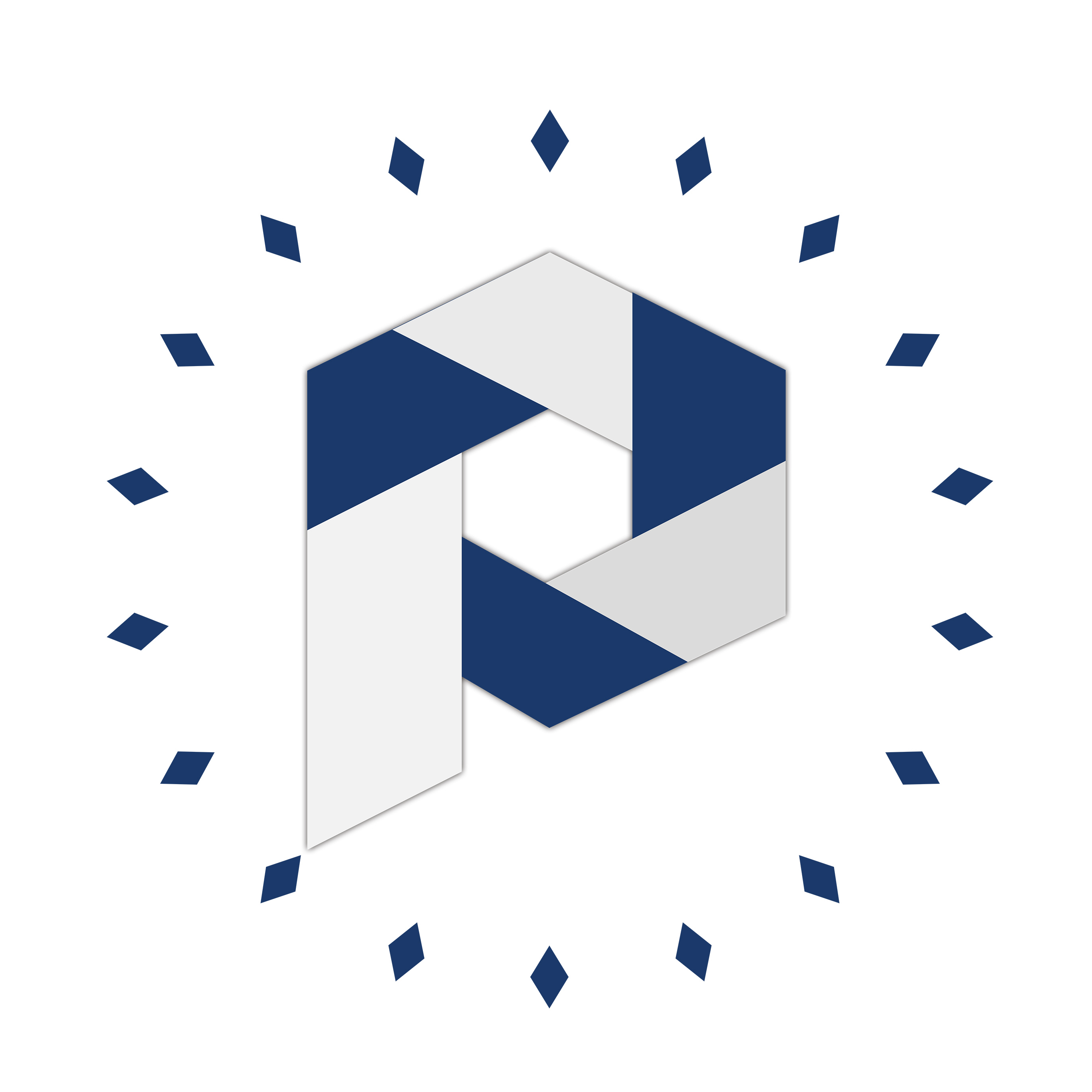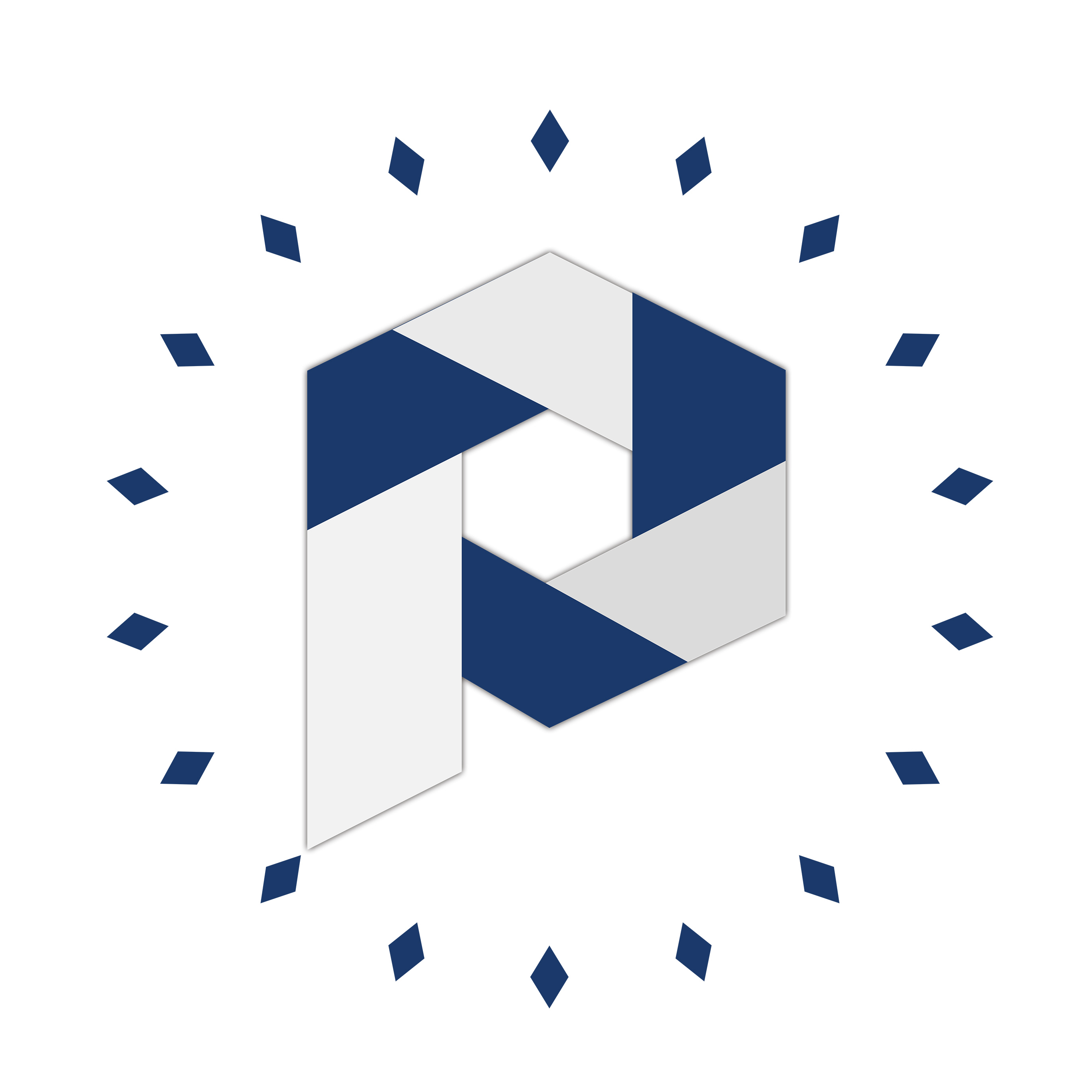How Kanban Works in Warehouse Management Today
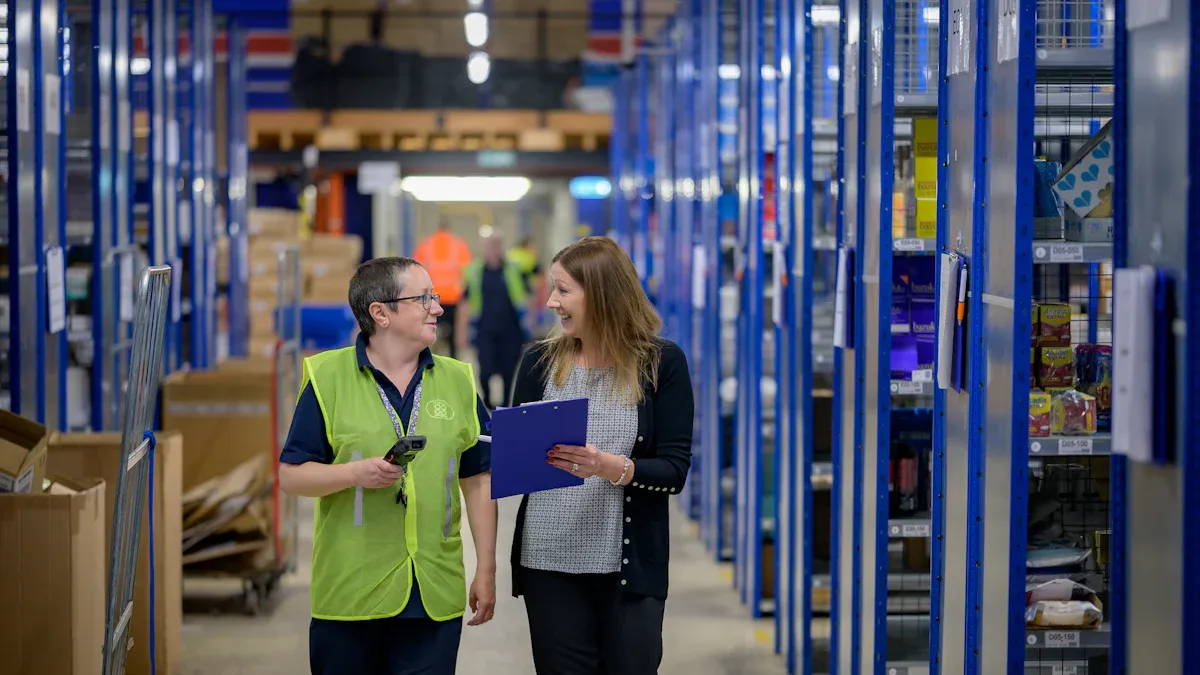
Kanban helps you run your warehouse with easy visual tools. In a Kanban Warehouse, you use cards, bins, and software to watch inventory. This system keeps enough stock for what people need. You get new items only when you need them. Kanban uses lean ideas to cut waste and make inventory better. With kanban, your warehouse can react faster to real demand.
Key Takeaways
Kanban uses signs like cards and boards to track inventory. This helps teams see how much stock they have. It also helps them spot problems fast.
The pull system in Kanban means you restock only when needed. This cuts down on waste. It keeps inventory small and easy to manage.
Using a 2-bin system keeps stock moving all the time. You always have extra items while waiting for new ones.
Digital tools make Kanban better by giving updates right away. They help lower mistakes and make tracking inventory quicker and easier.
Checking often and giving feedback is important for Kanban. This helps you make changes and get better over time.
Kanban Principles
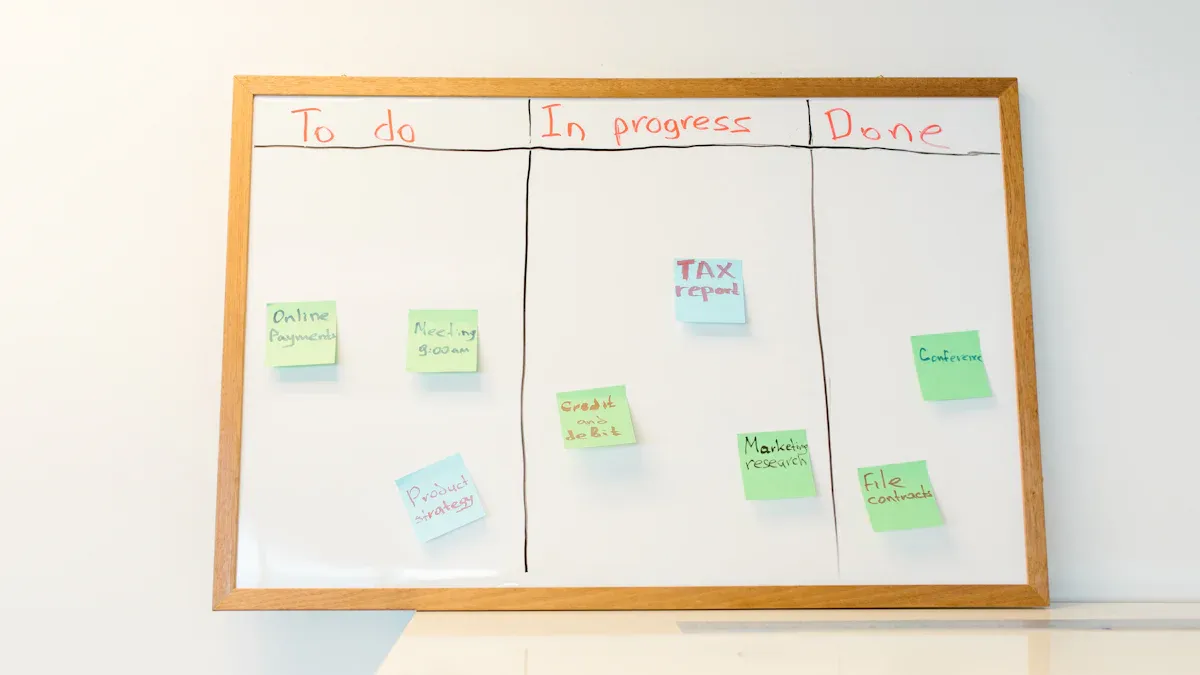
Visual Signals
You use visual signals to help manage inventory. Kanban cards and boards show where items are. Each shipment can have its own card. Cards go on a board with columns like "Incoming from supplier" and "Ready for assembly." This helps you see each item's place. You can spot low inventory or bottlenecks quickly.
Kanban keeps track of inventory levels. When you use up material, a signal tells you to make and deliver more. This gives clear information to suppliers and buyers.
Many companies use technology to make things more accurate. Augmented reality (AR) gives you visual hints. It shows item codes and how many you have. This helps you pick the right products and make fewer mistakes.
Here are the main principles of kanban in a warehouse:
Principle | Description |
|---|---|
You see how work moves. This helps you and your team work together and find ways to get better. | |
Limit Work in Progress (WIP) | You move only a set number of items at one time. This keeps things flowing and stops items from getting stuck. |
Manage Flow | You watch how items move, not just how busy people are. This helps you stop bottlenecks. |
Pull System
Kanban uses a pull system. You restock items only when you need them. This is not like a push system, which fills shelves by guessing. In a pull system, you answer real customer orders. You do not make too much and keep less inventory.
A push system gives parts by a schedule. This can make extra stock.
A pull system makes only what is needed. This cuts waste and keeps your warehouse lean.
Here is a chart that shows how a pull system helps with warehouse inventory:
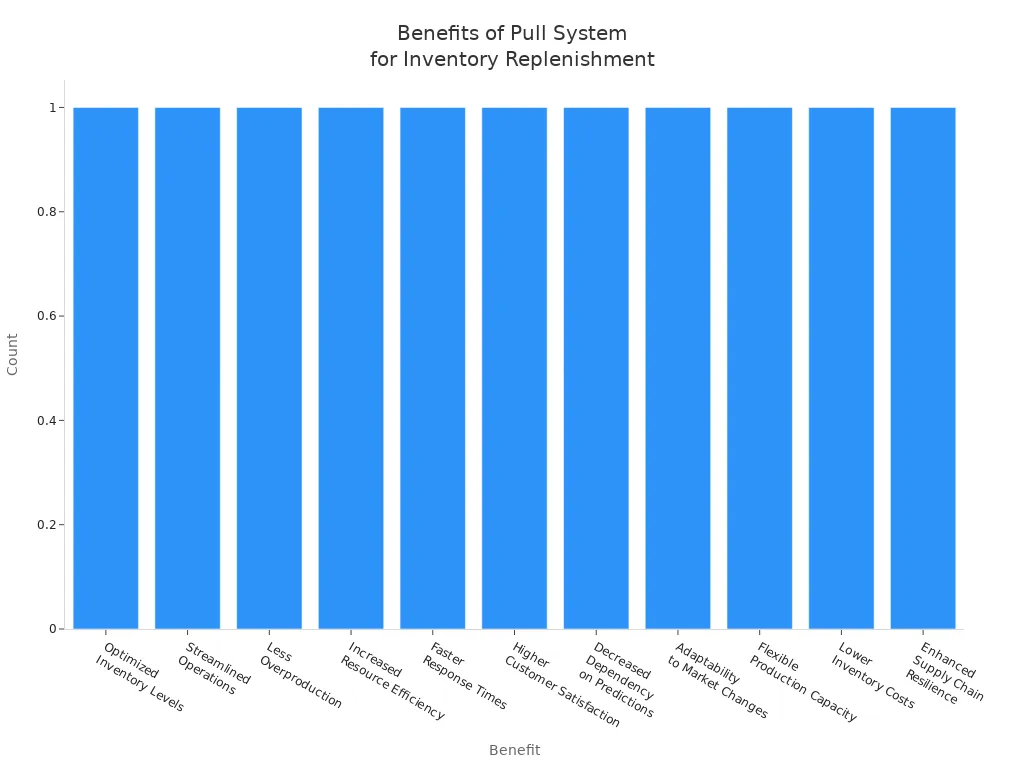
Just-in-Time
Kanban helps with just-in-time inventory. You keep only what you need. You order new stock when you use up items. This saves space and money. You work with suppliers so parts come when you need them. This lowers storage costs and helps your cash flow. You do not have old or unused items sitting in your warehouse.
You need to plan well. If you do not, you might run out of stock or have delays. Good supplier relationships and smart planning help you do well with just-in-time kanban.
Kanban Inventory Management
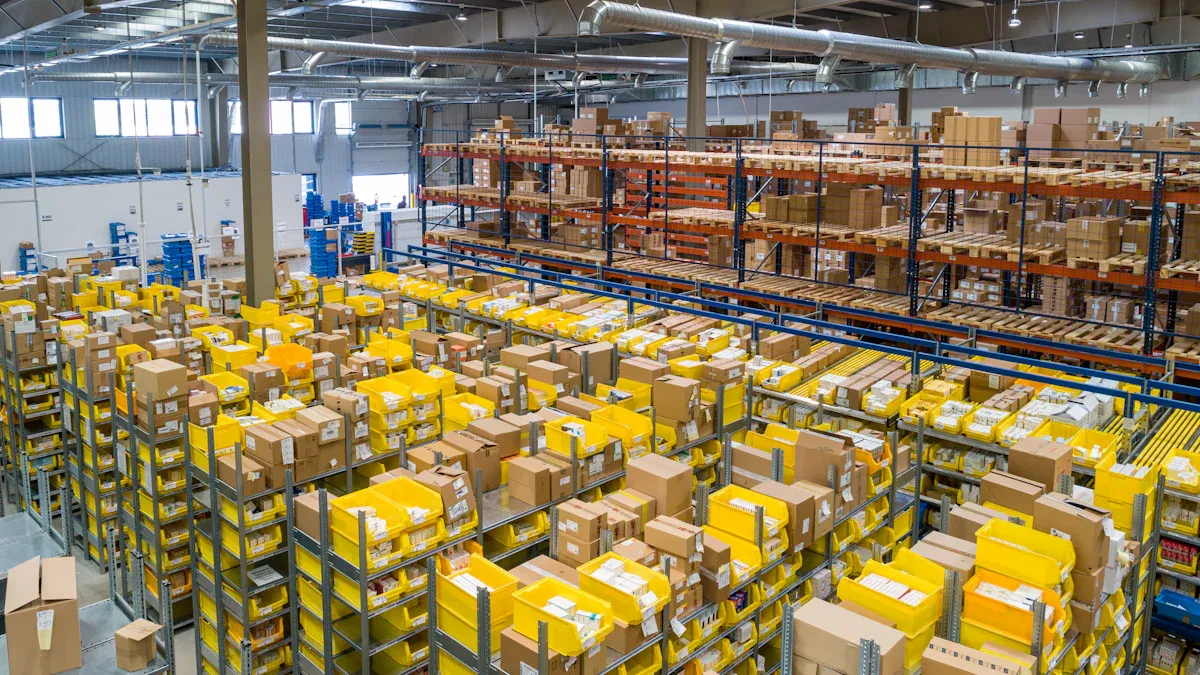
Kanban inventory management gives you clear control over your warehouse. You use simple tools like cards, bins, and digital apps to keep track of every item. This system helps you see what you have, what you need, and when to order more. You can avoid running out of stock or having too much on your shelves. Let’s look at how each part works to keep your kanban inventory flow smooth and reliable.
Kanban Cards
Kanban cards are the heart of kanban inventory management. You use these cards as signals to show when you need to restock an item. Each card holds important details, such as the item name, part number, storage location, and supplier. When you take the last item from a bin, you remove the kanban card and send it to the person or team in charge of ordering. This action triggers a new order based on real use, not on guesses or forecasts.
Kanban cards help you reorder only what you need, when you need it. This keeps your kanban inventory flow steady and prevents overstocking.
You can use different types of cards for different products. Some cards go on a kanban board, which shows the status of each item. You can see which items are waiting for restock, which are on order, and which are ready to use. This visual system makes kanban inventory management easy for everyone on your team.
Here are the main components you use in kanban inventory management:
Kanban cards for each item
Bins or containers to hold stock
Kanban boards or dashboards to track inventory status
Workflow columns to show each step in the restocking process
Work-in-process (WIP) limits to avoid overordering
Replenishment rules to guide when and how to reorder
When you use kanban cards, you get many benefits. The table below shows some of the measurable outcomes you can expect:
Measurable Outcome | Description |
|---|---|
Less Waste | You reduce extra stock by matching inventory to real use. |
Fewer Stockouts and Surprises | You trigger restocking before you run out, so you avoid delays. |
High Visibility | You and your team can see inventory status at a glance. |
Smoother Flow and Faster Turnaround | You keep items moving and avoid bottlenecks. |
Clear Roles | Everyone knows who orders and who restocks. |
Flexibility | You can adjust your system as you learn what works best. |
Scalability | You can start simple and grow your system as your needs change. |
2-Bin System
The 2-bin system is a simple but powerful part of kanban inventory management. You use two bins for each item you want to control. The first bin sits in front or above the second bin. You always take stock from the first bin until it is empty. When you finish the first bin, you move to the second bin and place a reorder card to restock the first one.
Here’s how the 2-bin system works step by step:
Place the first bin in front of the second bin.
Attach a reorder card to the bottom of each bin.
Pull items from the first bin until it is empty.
Switch to the second bin when the first runs out.
Use the reorder card to order more stock for the first bin.
When new stock arrives, refill the empty bin and start the cycle again.
The 2-bin system keeps your kanban inventory flow moving. You always have backup stock while you wait for new items to arrive.
You can use the 2-bin system for small parts, fast-moving items, or anything you need to keep in steady supply. This method helps you avoid shortages and keeps your warehouse running smoothly. Many warehouses use this system to solve problems with demand planning and inventory transparency. You can trust the 2-bin system to trigger orders at the right time and prevent gaps in your stock.
Digital Tools
Digital tools make kanban inventory management faster and more accurate. You can use barcode scanners, mobile devices, and kanban apps to track every item in real time. These tools help you update inventory status with a quick scan or tap. You do not need to write things down or update spreadsheets by hand.
Here are some digital tools you can use:
Digital kanban apps like Smartsheet, Kanbanize, or Trello for real-time tracking
Barcode scanners to update inventory as you move items
Mobile devices for scanning and updating on the warehouse floor
Digital kanban boards automate routine tasks and track key performance indicators. You can connect these tools with other systems to create a smooth workflow. Digital kanban inventory management helps you avoid manual errors and gives you instant updates. You can forecast demand changes, reduce stockouts, and respond quickly to problems.
Tip: Start with simple digital tools and add more features as your warehouse grows. Digital kanban inventory management can scale with your needs.
You can also use shelf labels and visual cues to help workers find the right bins. Digital tools give you the power to see your kanban inventory flow from anywhere. You can make better decisions and keep your warehouse lean and efficient.
Implementing Kanban Inventory System
Setup Steps
You can set up a kanban inventory system by following easy steps. First, map your workflow. Walk through your inventory process and look for gaps. Find places where you need signals for restocking. Next, design your kanban setup. Decide how many bins you need for each item. Make kanban cards for every bin. Set rules and limits for work-in-process. Assign clear roles so everyone knows their job. Train your team so they understand the kanban workflow and visual signals. Run a pilot in a small area. Test the system and get feedback. Review and improve your kanban inventory system by tracking how it works and making changes.
Tip: Start small with your kanban inventory system. This helps you avoid confusion and find problems early.
Here are common challenges you may face:
Challenge | Description |
|---|---|
Missed Signals | Your team may miss kanban signals. This can cause delays in restocking. |
Supplier or Lead Time Problems | Vendors may have trouble with frequent, small orders. This can slow down the restocking process. |
Scope Overreach | Rolling out the kanban inventory system everywhere at once can be confusing. |
Lack of Clear Ownership | Without clear roles, signals may be missed. This can lead to gaps in restocking. |
Inconsistent Training | Teams may forget kanban steps without regular training. |
Daily Operation
You keep your kanban inventory system working well by using best practices every day. Map your workflow and check for delays. Design your kanban setup with the right number of bins and cards. Set rules for work-in-process limits. Assign jobs for restocking. Train your team with hands-on practice. Run a pilot and get feedback. Review and improve your kanban inventory system by tracking results and making changes. You use the pull method to restock only when needed. This keeps your workflow lean and supports just-in-time delivery.
Monitoring
You watch your kanban inventory system to keep inventory levels right. Use cards or digital signals to show when items need restocking. Review and update your kanban workflow often. Track things like stock levels and reorder accuracy. Connect your kanban inventory system with software for real-time tracking and automation. You can change your restocking process and rules as your needs change. This helps you keep a smooth workflow and avoid running out of stock.
Note: Regular monitoring helps you find issues early and keep your kanban inventory system working well.
Kanban Warehouse Benefits
Inventory Control
When you use the kanban method, you control inventory better. The kanban system gives you clear signals to restock items. This helps you avoid running out or having too much. You always know how much inventory you have. This helps you make smart choices. Visual tools and the kanban process keep stock management simple and correct. You can track every item with the inventory management system. This means you make fewer mistakes and waste less.
Here is a table showing the main benefits of the kanban method for inventory control:
Benefit | Description |
|---|---|
Improved quality and accuracy | You spot problems early and fix them fast. |
Enhanced efficiency | You cut out extra steps and speed up your work. |
Lower lead times | You deliver items faster and save money. |
Stronger customer service | You respond quickly to customer needs. |
Greater visibility | You see your workflow and set priorities. |
Optimized inventory levels | You keep just the right amount of stock. |
Limited overproduction | You avoid making more than you need. |
Flexible production | You adjust to changes in demand. |
Reduced obsolete inventory | You keep your stock fresh and up to date. |
Efficiency
The kanban warehouse helps you work faster in many ways. You use the kanban method to stop stockouts and too much stock. The kanban system keeps your inventory organized and easy to manage. You spend less time checking and ordering items. You see everything clearly, so you pick and pack orders faster. The kanban method also helps you move inventory faster. For example, some warehouses almost doubled their turnover rate after using the ekanban method. You move items quickly, improve cash flow, and lower the risk of old stock.
Faster movement of inventory through the system
Enhanced cash flow
Reduced risk of obsolescence
Improved return on invested capital
You can see these results in real life. One car parts maker used the kanban method and cut inventory by 30%. They also cut lead time by 25%. Another company used the ekanban method and cut process time by 92% and costs by 93%.
Challenges
You may face problems when you start using the kanban method. Sometimes, your team misses signals or suppliers have trouble with many orders. It can be hard to set clear jobs or keep everyone trained. The kanban system works best when you check it often and make changes. You can fix many problems by using the ekanban method. This gives you real-time updates and control. The inventory management system helps you track progress and set clear goals. Your team can manage tasks and improve flow. The kanban warehouse helps you avoid making too much and cuts old stock by up to 75%.
Here is a table with solutions for common challenges:
Benefit | Description |
|---|---|
Lowers overhead costs | You spend less on operations. |
Provides managers’ progress reports | You see how your team is doing. |
Gives work area personnel more control | Your team manages tasks better. |
Standardizes production goals | You set clear targets for everyone. |
Improves flow, teamwork, and responsiveness | You work together and adapt quickly. |
Prevents overproduction | You avoid waste and keep inventory fresh. |
Tip: Use the ekanban method to get instant updates and keep your kanban warehouse running well.
Kanban changes how you run your warehouse. You can see how much inventory you have. You react fast when people need things. Kanban helps you waste less and be more accurate. You use visual signals to keep stock low. Pull-based systems help you order only what you need. Kanban makes your work steps smooth. It helps you deliver items just in time. You can work faster and have more control with kanban.
Here are some tips for using kanban:
Draw out your workflow and find slow spots.
Set up work areas so people can move easily.
Use electronic kanban boards to watch progress.
Limit how many things you work on at once.
Ask for feedback and keep getting better.
Teach your team often.
Use real-time data to make good choices.
Pick a team to run kanban.
Make sure everyone knows their job.
Kanban gives you tools to make your warehouse better. You can spot problems early and fix them quickly. If you want your warehouse to be lean and fast, kanban is a good idea.
FAQ
What is the difference between kanban and WMS?
You use kanban to manage inventory with visual signals and cards. WMS stands for warehouse management system. WMS tracks, moves, and stores items using software. You can use kanban with WMS to improve your warehouse operations.
Can you use kanban boards with WMS?
Yes, you can use kanban boards with WMS. Kanban boards help you see your inventory flow. WMS gives you digital tools to track items. You get better control when you use both together.
How does kanban help reduce waste in a warehouse?
Kanban helps you order only what you need. You avoid extra stock and cut down on waste. You use kanban cards and kanban boards to see when to restock. This keeps your warehouse lean.
What are the main steps in a kanban workflow?
You set up bins and kanban cards for each item. You use visual signals to show when to reorder. You track items with WMS and kanban boards. You restock only when you need more. This keeps your inventory moving.
Why should you connect kanban with WMS?
You get real-time updates when you connect kanban with WMS. WMS tracks every item. Kanban gives you clear signals for restocking. You make fewer mistakes and save time. This helps your warehouse run better.
Tip: Use WMS and kanban together for the best results. You get fast updates and easy tracking.
See Also
Essential Tips for Choosing MES and WMS in 2025
Understanding TIMWOOD: Key Concepts in Lean Manufacturing
Boosting Efficiency in Engineering with Quick Response Strategies
The Importance of QRQC in Today's Quality Control Practices
Understanding SMED: Its Relevance in Lean Manufacturing Today
About Hunan Puka
Established in 2016 and based in Hunan, China, with a liaison point in Berlin, we are a Tier 2 supplier for the automobile industry. We specialize in the production of customized aluminum die-casting parts designed for machines with a closing force ranging from 280 to 1250 tons, with subsequent manufacturing process CNC machining and surface treatment. Our commitment to quality is reflected in our accredited quality management system, certified by ISO9001:2015 and IATF16949:2016 standards.
